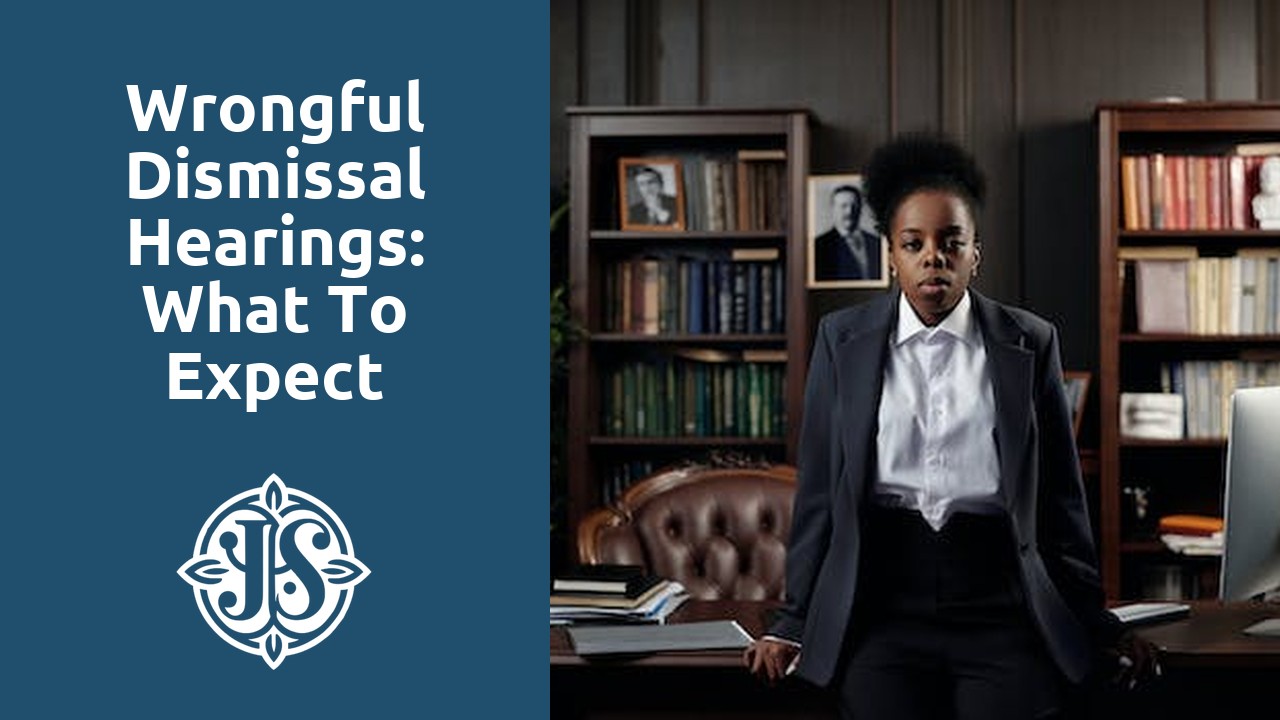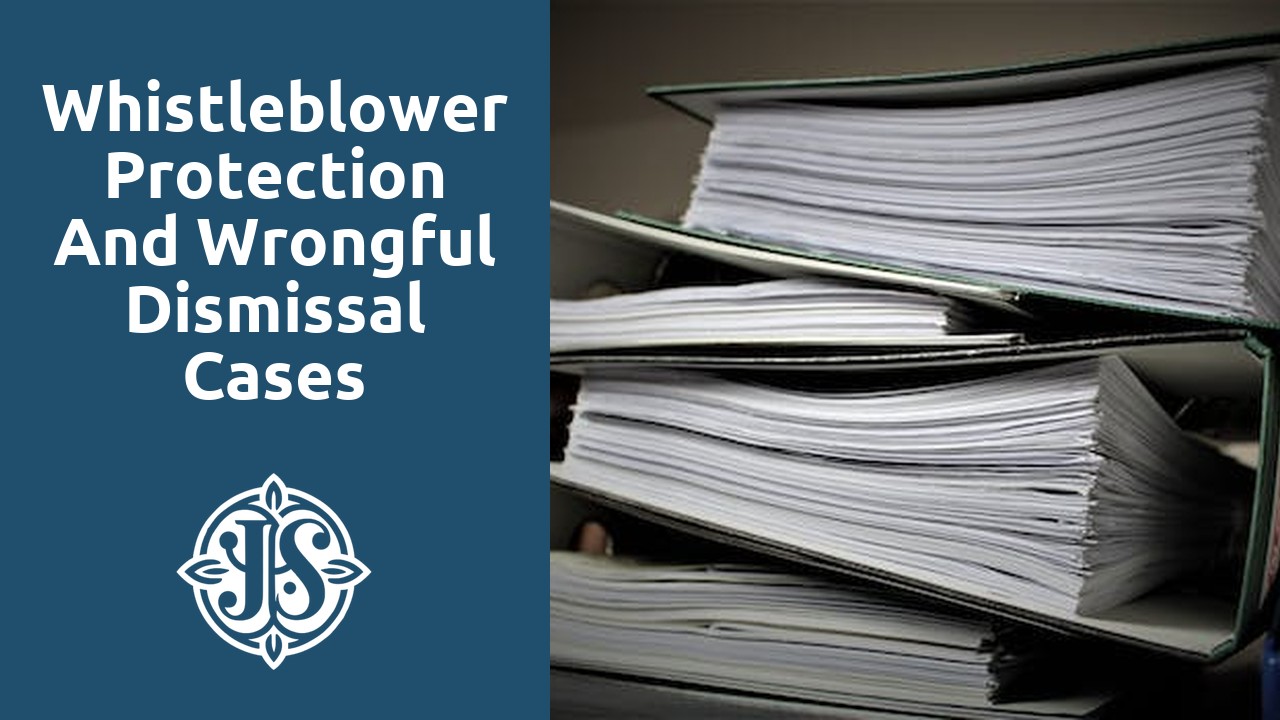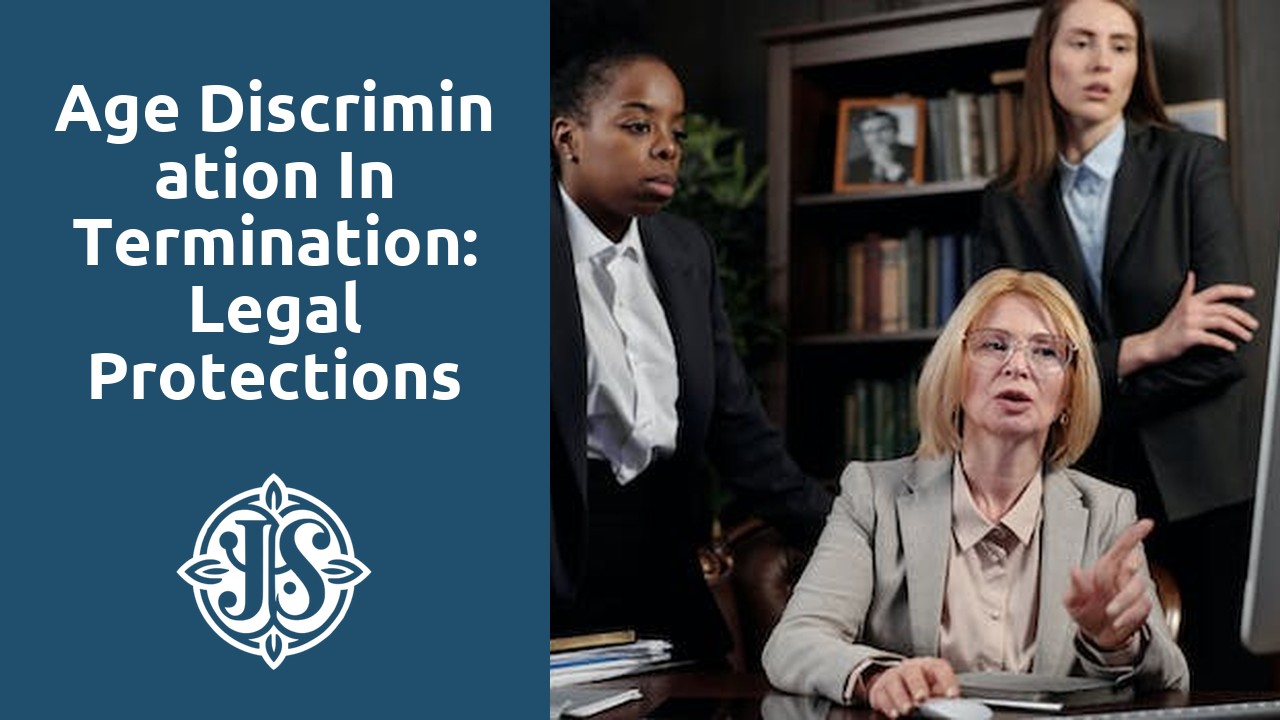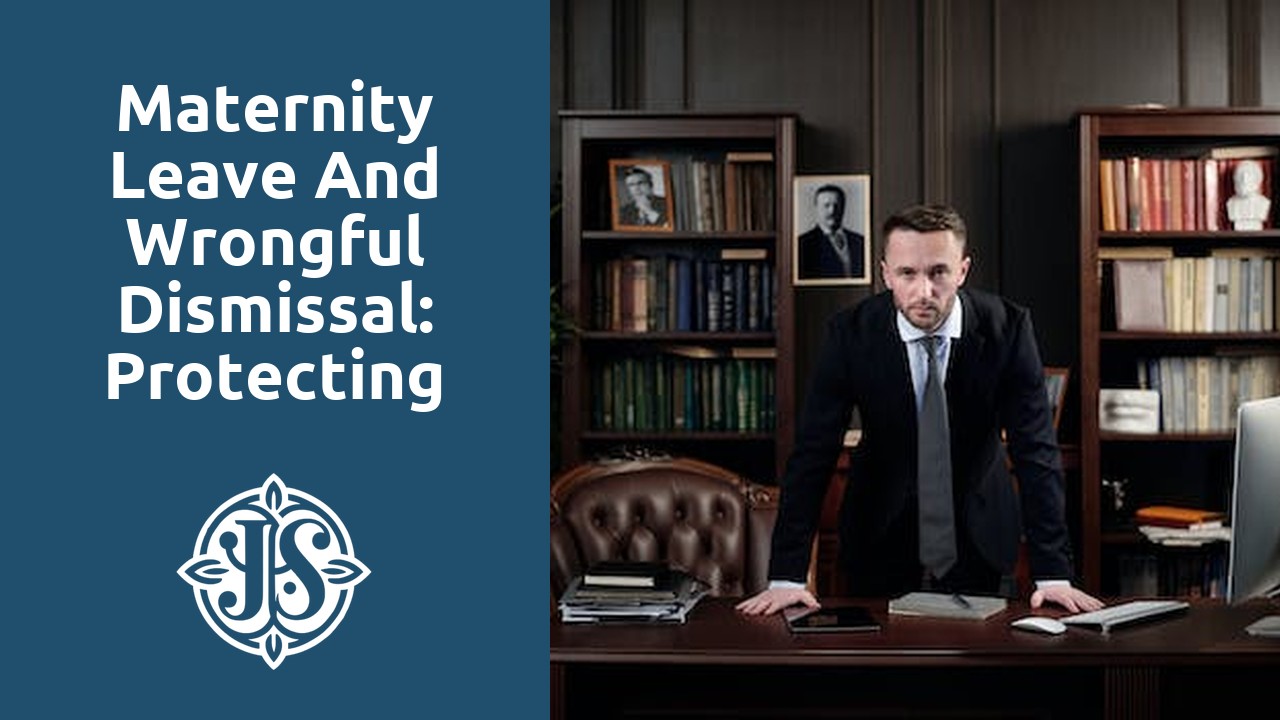Contents
- 1 Navigating the Legal Process: Shedding Light on Dismissal Hearings
- 2 Unraveling the Mystery: Understanding the Dynamics of Dismissal Hearings
- 3 In the Hot Seat: Facing a Dismissal Hearing HeadOn
- 4 Behind Closed Doors: Inside the World of Dismissal Hearings
- 5 A Closer Look: Examining the Key Players in Dismissal Hearings
- 6 The Battle Begins: Preparing for a Dismissal Hearing
Table Of Contents
When faced with a wrongful dismissal, it is important to understand the legal process that lies ahead. Navigating through a dismissal hearing can be a daunting task, but shedding light on the process can help individuals understand their rights and make informed decisions. The purpose of a dismissal hearing is to determine whether an employee’s termination was justified or if it was wrongful. It provides an opportunity for both the employer and the employee to present their cases, present evidence, and give testimony. The outcome of the hearing can have significant implications for both parties involved, making it crucial to approach the process with diligence and preparation.
Unraveling the Mystery: Understanding the Dynamics of Dismissal Hearings
Dismissal hearings can be intimidating and overwhelming for both employees and employers. Understanding the dynamics of these hearings is crucial to ensure a fair and just process. The purpose of a dismissal hearing is to determine whether an employee’s termination was reasonable and justified or if it was wrongful and unlawful. It is important to note that each jurisdiction may have different legal requirements and procedures when it comes to dismissal hearings. Therefore, it is essential to consult with an employment lawyer who specializes in wrongful dismissal cases.
During a dismissal hearing, several key elements come into play. Firstly, the burden of proof lies with the employer to demonstrate that the termination was justified. This means that the employer must provide evidence and documentation to support their decision to terminate the employee. On the other hand, the employee has the opportunity to present their case and provide evidence to challenge the employer’s position. The hearing may involve witness testimonies, cross-examinations, and the examination of relevant documents. It is crucial for both parties to have legal representation to navigate through the complexities of the proceedings and present their arguments effectively. Overall, understanding the dynamics of dismissal hearings can help individuals involved in such proceedings prepare adequately and ensure a fair outcome.
In the Hot Seat: Facing a Dismissal Hearing HeadOn
When faced with a dismissal hearing, individuals find themselves in the uncomfortable and nerve-wracking position of being in the hot seat. The pressure is undeniable as they must defend themselves against allegations and present their case in a compelling manner. It is essential to approach this situation with a calm and composed demeanor, understanding that emotions could hinder your ability to effectively communicate your side of the story.
Drawing upon the assistance of legal counsel can provide invaluable support during this challenging time. They can guide you through the process, ensuring that you understand your rights and are aware of the potential consequences. Working closely with an attorney can help you prepare a strong defense, gather relevant evidence, and anticipate the arguments that the employer’s representative may make. By taking a proactive approach and seeking professional advice, you can increase your confidence and be better equipped to handle the intense scrutiny of the dismissal hearing.
Behind Closed Doors: Inside the World of Dismissal Hearings
Behind Closed Doors: Inside the World of Dismissal Hearings
Dismissal hearings can often be shrouded in mystery due to their private and confidential nature. These hearings take place behind closed doors, away from public scrutiny, as both the employer and the employee present their cases to a designated decision-maker. The purpose of these closed-door proceedings is to provide a fair and impartial environment where both parties can present evidence, cross-examine witnesses, and make their arguments without outside interference or bias.
During a dismissal hearing, the decision-maker, often a judge or an arbitrator, carefully evaluates the evidence presented by both sides. It is their role to weigh the merits of the case, assess the credibility of the witnesses, and ultimately decide whether the termination was wrongful or justified. In this closed setting, intimate details about the employment relationship, the reasons for termination, and the actions of both parties come to light. It is here that the true dynamics of the case are revealed, and the decision-maker has the important task of determining the appropriate course of action.
Ultimately, the closed-door nature of dismissal hearings exists to protect the confidentiality of the parties involved and to allow for a fair and neutral assessment of the evidence. It is within these closed walls that the heart of the matter is explored, and the decision-maker must sift through the details to reach a just conclusion. While the public may be left in the dark about the intricacies of these proceedings, it is important to remember that the confidentiality of dismissal hearings allows both parties to present their case openly and honestly, promoting an unbiased evaluation of the facts at hand.
A Closer Look: Examining the Key Players in Dismissal Hearings
Employment dismissal hearings involve a variety of key players, each with their own unique roles and responsibilities. The first key player is the employer, who initiates the dismissal process. They are responsible for gathering evidence, presenting their case, and defending their decision to terminate the employee. Employers are expected to provide valid reasons for the dismissal and support them with factual evidence.
On the other side of the table is the employee, who is the focal point of the dismissal hearing. The employee has the right to challenge the allegations made against them and present their own evidence to counter the employer’s claims. They may also have legal representation to advocate for their rights and ensure a fair process. The employee’s role is to demonstrate that they were wrongfully dismissed, and provide evidence to support their claims. Both the employer and the employee play vital roles in the dismissal hearing, as they strive to present their respective cases and persuade the decision maker on the outcome of the dispute.
The Battle Begins: Preparing for a Dismissal Hearing
Preparing for a dismissal hearing can be incredibly daunting, but with the right approach, you can increase your chances of a successful outcome. The first step is to gather and organize all the relevant documents and evidence pertaining to your case. This includes any employment contracts, performance reviews, emails, or other written communications that may support your claims. It is essential to ensure that you have strong evidence that clearly demonstrates any wrongdoing or improper conduct on the part of your employer. Additionally, it is crucial to prepare a comprehensive timeline of events, outlining the sequence of incidents that led to your termination. This will help you present a clear and coherent account of your side of the story during the hearing.
Related Links
Social Media Misconduct and Wrongful Termination Claims
Severance Negotiations: Strategies and Legal Insights




